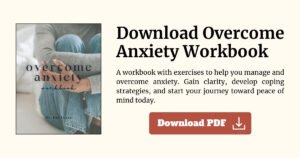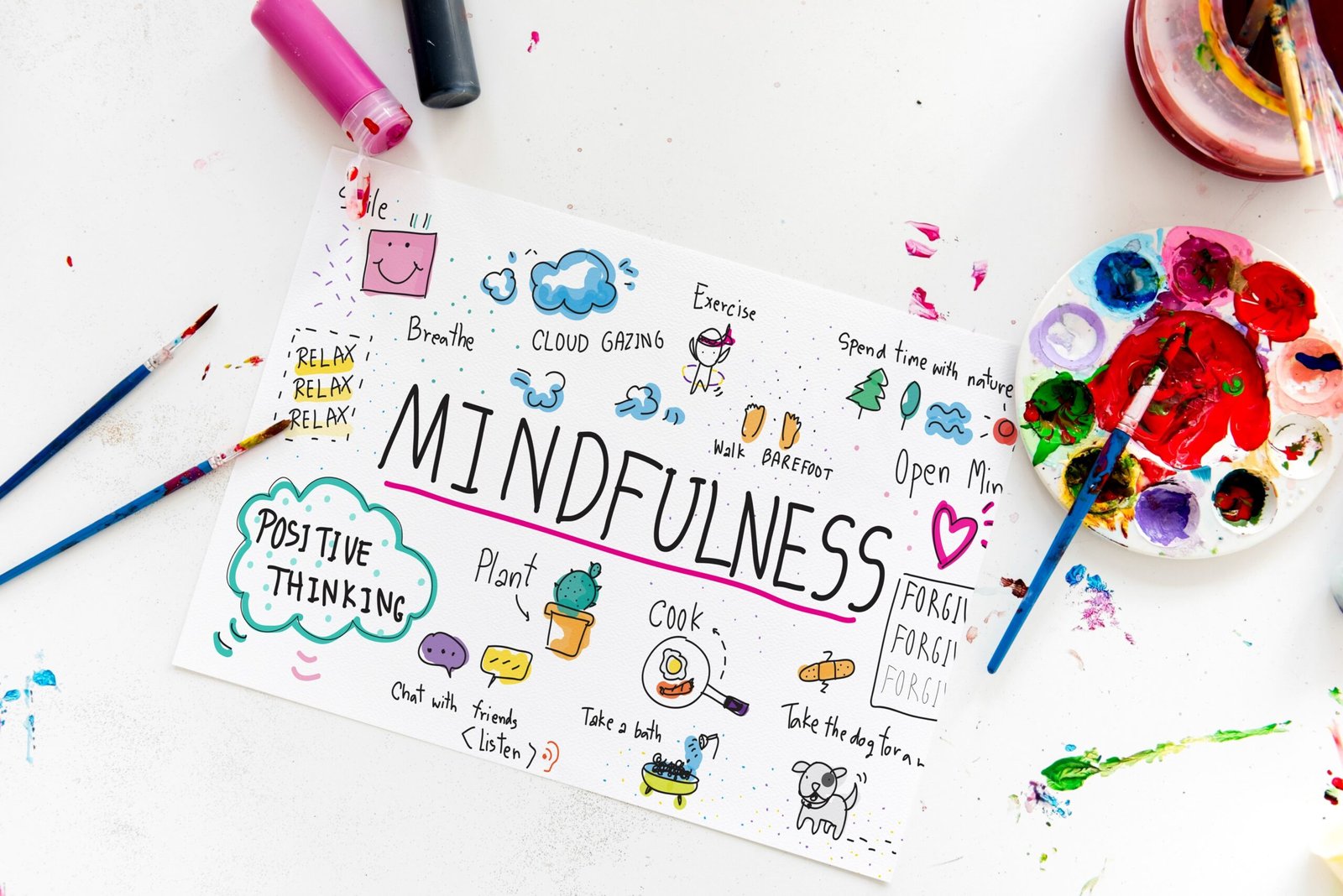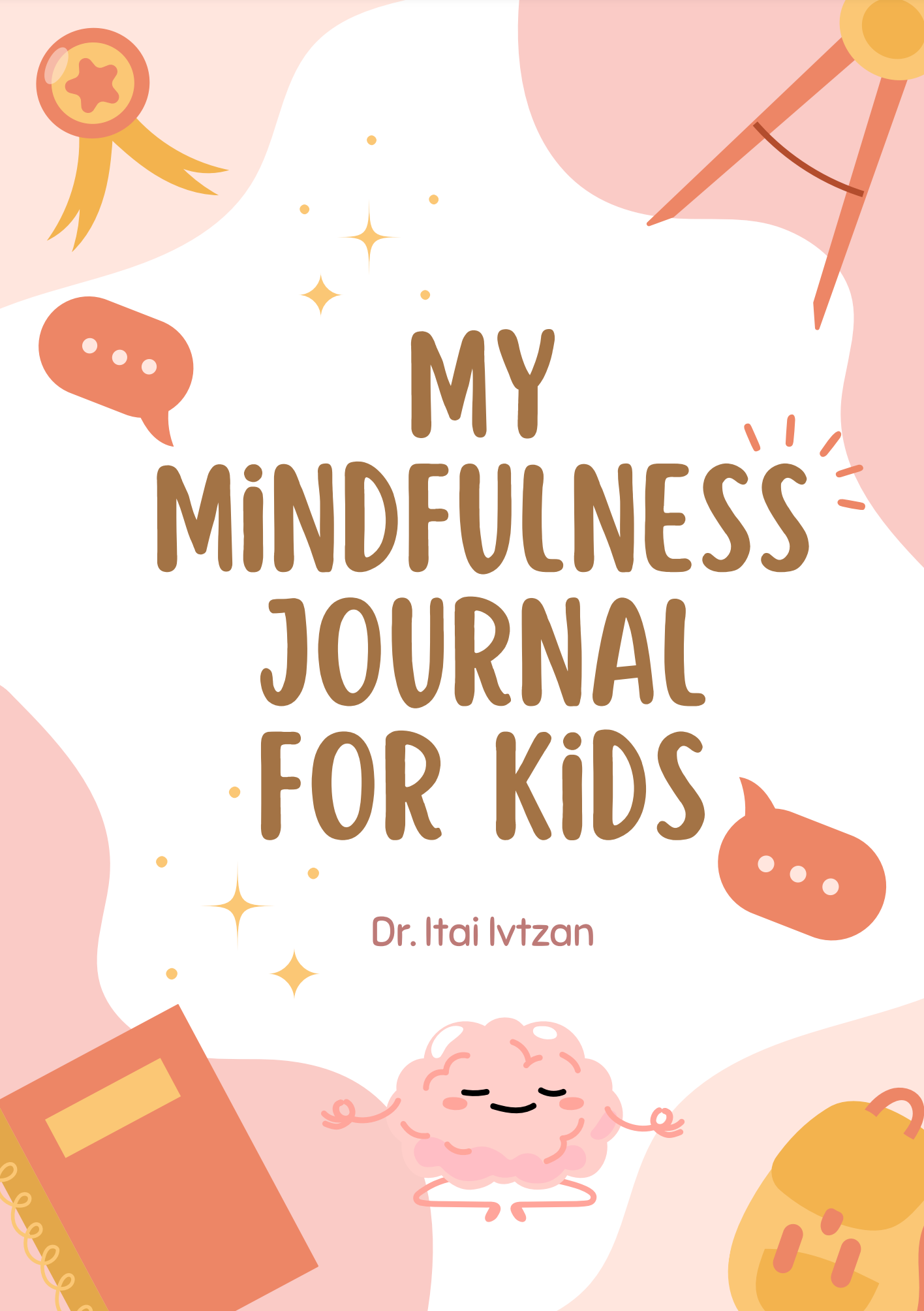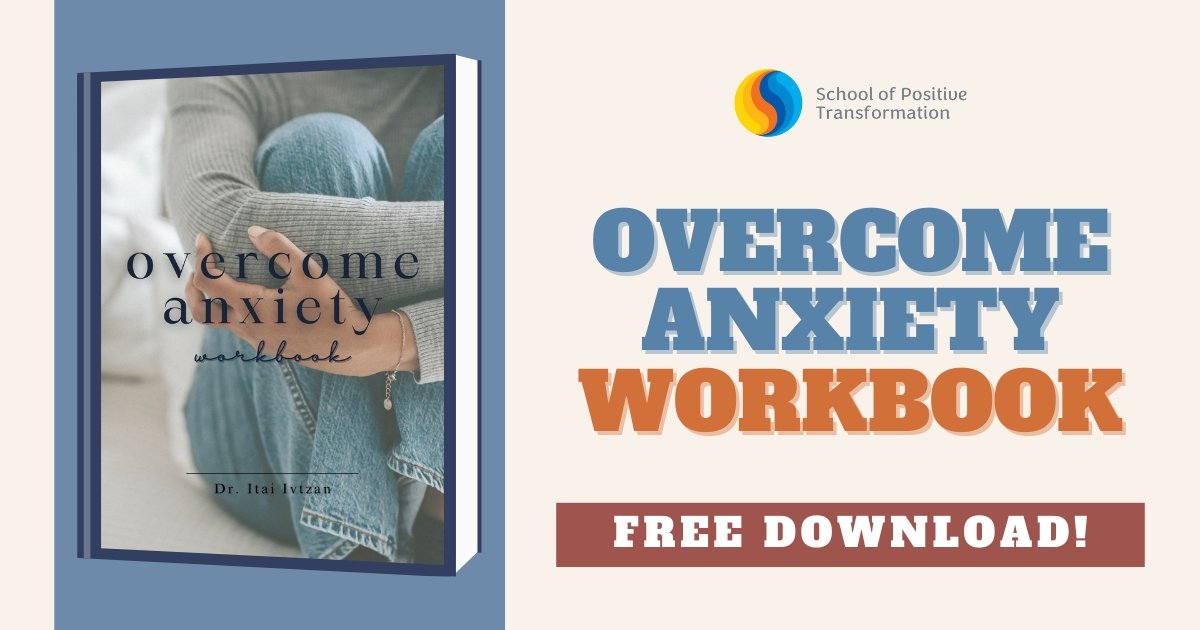Mindfulness Scripts— Meditation for Chronic Pain Management
 This meditation script for pain management and relaxation, will guide you to put your attention on noticing and accepting, and then converting your pain. As you then focus your mind in meditation, this hopefully provide you physical and mental easing and pain relief.
This meditation script for pain management and relaxation, will guide you to put your attention on noticing and accepting, and then converting your pain. As you then focus your mind in meditation, this hopefully provide you physical and mental easing and pain relief.
Mindfulness Scripts— Meditation for Chronic Pain Management
Chronic Pain and Management using Meditation
Types of Meditation to Aid Pain Management
Mindful meditation
Visualization meditation
Breathing meditation
Body Scan Meditation
Guided Meditation Script for Pain Management
More studies about the use of mindfulness for pain management
Major Takeaways
Relaxation of any kind is valuable for pain management. People who do relaxation activities can endure pain, and some people also report that they feel less pain. In other words, the performance of relaxation exercises can take some of your pain away and help the pain you have become a little easier to bear.
But before you continue you might like to consider our free worksheet on exploring “Overcome Anxiety”. Please download this worksheet here.
Chronic Pain and Management using Meditation
Different brain pathways are used by meditation and thus helps deal with pain, just like those pathways used by other pain treatments. Through time, meditation may be able to change your brain structure to better deal with pain.
The following studies report the effect of meditation on management:
- A study in 2018 that used meditation, mindfulness, and a look at brain areas suggested that meditation modifies your brain’s structure in the long run. The resulting transformation in cortical thickness in some brain areas helps you become less sensitive to pain.
- The brain mechanisms affected by meditation are to modify pain differently from those used by other pain-relieving techniques. For example, a 2012 study from Trusted Source showed that meditation encouraged cognitive detachment and showed increased sensory processing of the actual discomfort.
- Meditation also prompts the body’s internal opioid system. A 2016 study was small, but a randomized, double-blind set-up used naloxone (an opioid blocker) and compared the use of a placebo. Both groups used meditation to aid pain reduction. The group that used the placebo experienced notably less pain than the other group that used naloxone.
Types of Meditation to Aid Pain Management
In previous years, researches on meditation and chronic pain have abounded. Studies are considering specifying the kind of meditation that works for different types of chronic pain, like back pain and pain related to chronic diseases.
There are many different meditation techniques and tools to choose from and get started, like books, meditation apps, podcasts, online videos, classes, and individual trainers.
Some individuals use one or a maxi of the different types of meditation. Unlike other pain relief approaches, meditation helps you find relief by focusing on the pain instead of going away from it. This approach reduces pain by working with it instead of working to blocking or ignoring it.
There are different types of meditation o choose from, and you are free to use whichever feels comfortable for you. There are even free and recorded guided meditation scripts to help you.
The following are just some of the types of meditation that you can use:
Mindful meditation
Mindfulness meditation can assist you in management of stress, pain, and anxiety.
This type of meditation can be done by yourself alone or with an instructor to guide you. This entails a quiet concentration on your thoughts and trying not to pass judgment as thoughts come to you.
It’s one of the most common types of meditation these days. It’s also been the most used type of meditation in researches over the years. There are variety of apps to help you mindfully meditate through your devices.
Visualization meditation
This is also known as guided imagery or visualization meditation. This combines envisioning something positive while you are meditating. The aim is to put your attention to your thoughts, to help you calm down, and reduce the stress and pain that you are feeling.
Breathing Meditation
Breathwork or breathing meditation includes using a type of breathing exercise to alter your breathing pattern and relax your mind. It is also used mostly together with mindfulness meditation to help you focus.
Body Scan Meditation
In a body scanning meditation, you mentally focus on different parts of your body from top to bottom. The goal is to notice all the details in your body, relaxing each part of the body as you are doing the scan. You can practice this scanning meditation when sitting or lying down.
 Guided Meditation Script for Pain Management
Guided Meditation Script for Pain Management
This guided meditation script will use the mindfulness and body scan type of meditation. This mindfulness script is adapted from innerhealthstudio.com. You can try to record this or have your meditation instructor guide you through it.
Before going through the script, first find a comfortable position. You can lie down or sit whatever makes you feel more relaxed, just make sure that your back is also supported. Ideally, you can opt to lay down or sit in a firm chair with head support.
As you start to settle comfortably, start noticing how you are feeling at the moment. Try not to change anything, just keep observing your body and mind. Remember that pain management starts with observation.
Where do you feel the most of your tension?
Where the location of your pain?
What portion of your body is the most relaxed and at ease?
Now try to take a slow deep breath in…. then exhale slowly.
Continue breathing in…. and out.
Remain doing the slow breaths, keep it smooth.
Now continue doing the relaxation and pain management, couple it with a passive observation. Do not try to change anything or make anything happen. Focus on how your body feels as a whole.
Passively notice every sensation without trying to change anything. Take notice of the different feels that your body receives or experiences at the moment.
Now take a few seconds to think about the pain that you are experiencing or ma have experienced. As you may not be feeling the pain right now. Just try to observe the state of your pain now. How your body feels is always changing, notice that how you think is different from one moment to another. A moment from now, you may feel slightly dissimilar from how you feel right now. Just observe. Keep observing as each second passes.
Pain is unwanted and hard to tolerate, but for the next few moments try to look at your pain with acceptance. Admit the way you are feeling at this moment physically and emotionally….. be it positive or negative….. let your body and attention to just be….
Be accepting….. keep observing…..
Now try to repeat the pain management affirmations that I will say.
I accept myself a this moment….
I accept this pain I have experienced or experiencing….. the whole of it…. I receive it…. I am letting go of the need to control or to change…..
I am accepting the pain…..
I will slowly release myself from the urge to do anything right now, except just be in the moment…..
I am accepting myself and this pain…..
After repeating some affirmations, just try to ease for a few seconds, and try to slowly let go… just let the moment be…. Remember that there is nothing you need to be doing at this moment besides accepting the moment just as it is.
Observe your pain again…. and notice that you can alter the pain slightly. See if you can change the pain just a little…..
Envision the pain…. pinpoint its exact location. Visualize that instead of the pain, that certain area is starting to feel cool….. even a bit cold…. it is as if you have applied an ice pack to this area. Keep feeling the coldness.
Soon that area might even start to feel a little less cold…. slowly becoming closer to how the rest of your body feels….
Now focus on this part, and imagine a slightly different feeling. You choose what you want to feel. You may wish to picture the feeling of enjoyable tingling… warmness… or soft but firm, comfortable pressure.
Imagine this feeling now. Imagine the sensation exchanging just a little bit of the pain….. and a little bit more of the discomfort…..
Sense this new feeling rising….. pleasantly…. providing some liberation….. letting you to relax…..
Take slow deep breaths in….. and then slowly breathe them out…..
Keep breathing in….. and out…..
In….. out…..
Keep doing the slow breathing and steadily as you are now to move to calm your mind.
You can pick any expression you want to focus for the meditation. This will be your word of focus. I’ll use the word “serenely” here. Try to focus your attention on this word with each breath. And every time your thoughts drift off, try to focus again on this word. You dont have to make anything happen, there is no specific and exact way of doing this meditation. Keep in mind that whatever happens, is just what is right for you in this very moment.
Try to have an attitude of passive acceptance. Accept the state you are in, continue to focus your mind on the word you will be repeating.
Breathe in….. serenely
Breathe out slowly…. full but gentle
Breath in…. serenely,
Out… fully but gently
Serenely…..full…… and gentle…
Serenely…..full….
Serenely…..and gentle
Serenely.
Keep repeating this word in your mind, focus your attention on this word if your thoughts drift off and wander
Keep restating the focus word….
(pause)
When your thoughts wander, focus again on word.
Serenely… full and gentle.
Serenely.
As other thoughts enter your mind, remember that it is normal and common, just try to revert your attention back to your focus word.
Serenely.
Serenely.
Serenely.
Notice of how your body feels. Check how relaxed your muscles are. Notice how calm your mind is. Appreciate this feeling and moment of relaxation…..
You can try to keep or remember this feeling of relaxation with you as you go back to your daily activities. Memorize this serene, and relaxed state, so you can come back to this state whenever you need and want to
Slowly revive your whole body now. Breathe in…. and out. Notice your mind and body as it is becoming more conscious and alert.
Wiggle your arms and legs, and slowly stretch your muscles to let them stir up from this pain management relaxation exercise.
Keep sitting or lying for a moment now Keep your eyes open, observe the room around you. When you are prepared, return to your normal activities, keeping with you an internal reserve of a sense of calm and relief.
More studies about the use of mindfulness for Pain Management
Yes, for some people. Here are what some studies found:
- A small controlled study in 2012 showed that people who practiced mindfulness activities were able to decrease pain by 22 percent. They were also able to lessen defensive anxiety by 29%.
- A 2014 meta-analysis that investigated mindfulness and pain found that there was “insufficient evidence” about the help of mindfulness in the reduction of pain intensity. But the same study found that it lessened depression and anxiety in people with chronic pain. Thus the study suggested that healthcare professionals integrate meditation into their pain treatment programs.
- A 2017 review of nonpharmacological managements reported that mindfulness-based stress reduction activities were able to improve lower back pain in a trial group of 350 adults by more than 30%. The results were then found to last a year after the treatment.
- A 2017 research of 864 people with low back pain found that meditation effective in a short-term improvement of the intensity of pain and physical functioning.
- A 2018 white paper on nonpharmacological pain management concluded that nonpharmacological treatments are used notably used less. The research noted that mindfulness activities incur positive effects for people experiencing chronic pain ranging from headaches, fibromyalgia, and even IBS or irritable bowel syndrome
Every person is unlike the other, so what works for others in relieving pain may not work for other people.
 Major Takeaways
Major Takeaways
Scientific researches on the effectiveness of meditation in relieving chronic pain show mixed evidences. Why? Because it is hard to compare and match researches concerning specific sources of pain and the different styles of meditation.
But evidence exists that meditation does help some people with pain. How? Research shows that meditation uses neural pathways that make the brain less sensitive to pain and increase the brain’s own pain-reducing chemicals. So if you have chronic pain, using this guided meditation script is worth the try!
Looking to find relief from chronic pain through mindfulness and meditation? Download our Overcome Anxiety Workbook to complement your practice, helping you reduce stress and increase your resilience. Whether you’re just starting or looking to deepen your pain management techniques, this workbook offers valuable insights to enhance your journey toward comfort and healing.






